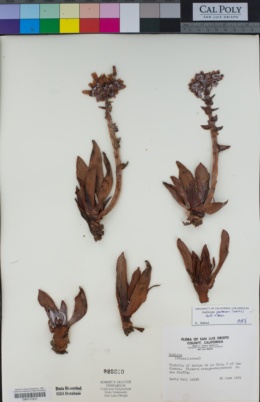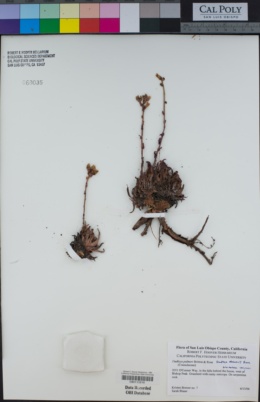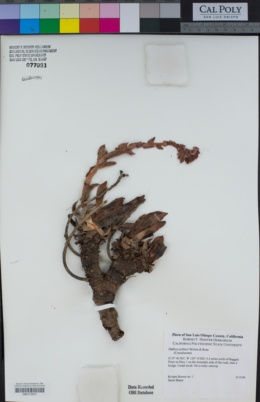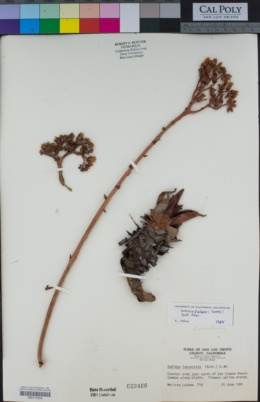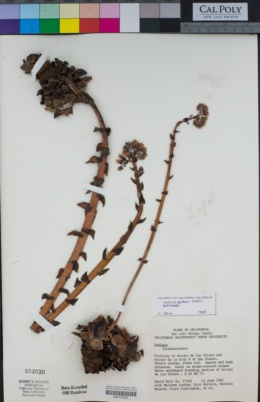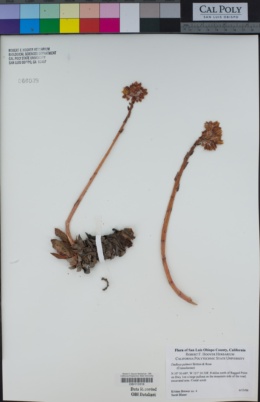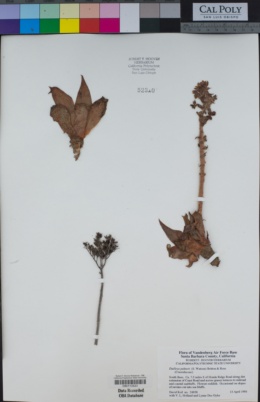
|
|
|
|
Family: Crassulaceae
Palmer's Live-Forever
[Cotyledon palmeri S. Wats.] |
|
This project was made possible in part by the Institute of Museum and Library Services [MG-70-19-0057-19].
Powered by Symbiota








